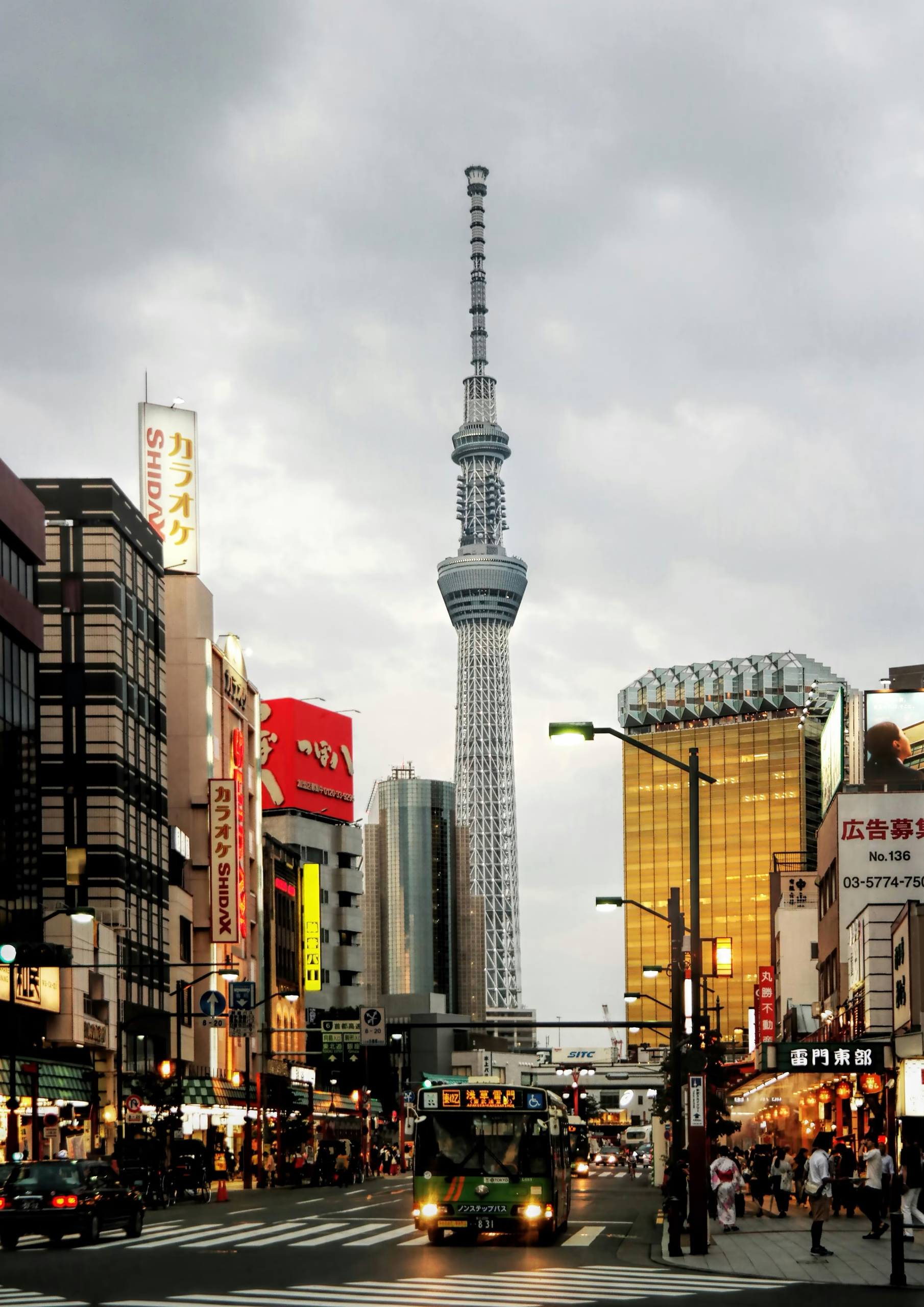Essential Japan Public Transportation Tips for First-Time Visitors

Navigating Japan’s public transportation system can be both exhilarating and daunting, especially for first-time visitors. Known for its punctuality and efficiency, Japan’s trains, subways, and buses offer an unparalleled travel experience. Yet, the complexity of routes and ticketing options might leave travelers feeling overwhelmed.
Understanding a few key tips can transform a potentially confusing journey into a seamless adventure. From mastering the art of using a prepaid IC card to deciphering the intricate rail maps, these insights will empower anyone to travel with confidence. Whether exploring the bustling streets of Tokyo or the serene landscapes of Kyoto, knowing how to navigate public transport is essential.
Embracing Japan’s public transit system not only enhances the travel experience but also offers a glimpse into the country’s culture and daily life. With the right preparation, travelers can enjoy the convenience and excitement of moving around like a local in this fascinating country.
Understanding Japan’s Public Transportation System
Japan boasts an advanced public transportation system, with trains, subways, and buses offering seamless connectivity across the country. Train networks, including the iconic Shinkansen bullet trains, provide fast and reliable service between major cities. Local services such as subways in urban areas like Tokyo and Osaka enable efficient travel within cities.
Buses, although secondary to trains, play a critical role in connecting rural areas and city outskirts. They complement the rail network, ensuring no location is too remote. Major cities often have 24/7 bus services, making nighttime travel feasible.
Navigating the system becomes easier with prepaid IC cards, such as Suica and Pasmo, which simplify fare payment across different modes of transport. These cards eliminate the need for individual tickets, thus reducing time at ticket machines.
Language barriers do present challenges, but many transport signs, announcements, and even maps are available in English, especially in cities with high tourist traffic. Mobile apps, like Jorudan and Navitime, provide route planning and live updates, further aiding transit through unfamiliar areas.
Japan’s public transportation is renowned for its punctuality, with trains and subways arriving precisely on time. This reliability necessitates travelers adhere to schedules closely, as delays are rare. It’s essential to plan accordingly and arrive at stations a few minutes beforehand to ensure efficient travel.
Understanding this system enhances travel experiences by making it easy to access various attractions and delve deeper into local culture. Public transit in Japan serves as an opportunity for visitors to engage with authentic Japanese life beyond typical tourist destinations.
Navigating Trains and Subways
Travelers find navigating Japan’s trains and subways to be efficient, thanks to their extensive networks and timely schedules. Clear signs and English-friendly maps aid in overcoming language barriers.
Buying Tickets and Passes
Purchasing tickets for trains and subways in Japan requires understanding the different available options. Travelers can use prepaid IC cards like Suica or Pasmo, which offer convenience by allowing tap-and-go access to transit systems. These cards are available for purchase at major transit stations and can be recharged at kiosks throughout the city. For those planning extensive travel between cities, a Japan Rail Pass provides unlimited travel on most bullet trains, saving money and time at ticket counters. Visitors should note that the JR Pass must be purchased outside Japan before arrival.
Train Etiquette
Observing train etiquette is essential for an enjoyable experience. Passengers should avoid talking loudly on phones and keep devices on silent mode. Offering seats to elderly, pregnant, or disabled passengers shows respect for local customs. Lining up in an orderly fashion at designated areas before boarding maintains a smooth flow during peak hours. Eating and drinking on trains is generally discouraged, except on long-distance services like the Shinkansen, where light meals are acceptable. Maintaining cleanliness ensures a pleasant environment for all.
Bus Travel Tips
Navigating Japan’s bus system, particularly in cities and rural areas, offers unique challenges and rewards. Comprehending bus routes and payment methods enhances the travel experience and aligns with local customs.
Understanding Bus Routes
Japan’s bus networks vary from city to city, with each offering distinct routes and schedules. Major cities like Tokyo and Osaka have comprehensive maps in English at bus terminals. Local buses display destination names on digital screens, ensuring clarity for travelers. Route maps are available online and at tourist information centers, making planning easier. Apps like Google Maps assist with real-time navigation, providing live updates on arrival times.
Payment Options
Payment on Japanese buses typically involves prepaid IC cards or cash. Cards like Suica and Pasmo are widely accepted and allow hassle-free boarding and alighting. In some rural regions, buses might operate on a pay-as-you-exit basis, requiring travelers to collect a ticket upon boarding and settle the fare upon exit. Fares are displayed on electronic boards at the front of the bus, with the amount due based on the boarding stop. Travelers unfamiliar with the system find prepaid cards simplify the process, eliminating the need for exact change.
Using Taxis in Japan
Taxis in Japan offer convenience and flexibility, ideal for those needing direct routes or alternative transportation options outside public transit hours. Though generally more expensive than other means, they provide reliable service, especially in less connected areas.
When to Consider Taxis
Taxis prove advantageous for early morning or late-night travel when trains and buses aren’t in operation. They’re also beneficial in rural regions with limited public transport options. Swapping public transit for a taxi helps when traveling with heavy luggage or in larger groups for comfort and efficiency.
Tips for a Smooth Taxi Experience
Understanding basic tips can enhance a taxi experience in Japan. Most drivers don’t speak English, so having the destination written in Japanese, either on paper or a smartphone app, facilitates communication. GPS or map apps minimize direction issues. Taxis with red vacancy signs are available, while green-lit ones aren’t. Payment often involves cash or credit cards, though prepaid IC cards aren’t accepted. Long-distance or special services may warrant a call or hotel assistance to book a ride.
Alternative Transportation Options
Exploring Japan beyond its public transit system enriches the travel experience. Bicycles and ride-sharing services offer additional flexibility and insight into local life.
Bicycles
Cities in Japan provide bike rental services, particularly in urban areas like Tokyo, Kyoto, and Osaka. Rental shops are commonly located near train stations, offering tourists a convenient way to navigate city streets and scenic paths. Cycling allows travelers to explore hidden gems, local neighborhoods, and parks at a leisurely pace. Most rental shops require personal identification and payment via cash or credit cards. Bicycle lanes and parking areas are available, though cyclists should adhere to local traffic rules. Helmets aren’t mandatory but are recommended for safety.
Ride-Sharing Services
Though limited compared to other countries, ride-sharing services exist in Japan, primarily through legal taxi-hailing apps such as Uber and DiDi. These services provide an alternative when public transit options are unavailable or inconvenient. Riders benefit from upfront fare transparency and direct routes to specific destinations. The apps support English, easing communication barriers for non-Japanese speakers. While rates might mirror traditional taxi fares, promotions and discounts are occasionally available through the apps. Payment is processed electronically, ensuring a seamless experience without cash transactions.
Key Takeaways
- Japan’s public transportation system, known for its punctuality and efficiency, offers a vast network of trains, subways, and buses that are essential for traveling across the country.
- Utilizing prepaid IC cards like Suica and Pasmo simplifies fare payment and expedites travel on various transport modes, providing a convenient and seamless experience.
- Understanding train etiquette, such as keeping silent and offering seats to those in need, ensures respectful interaction with locals and enhances journey enjoyment.
- Buses complement train services by connecting rural areas, with English-friendly maps and apps available to aid navigation and planning.
- Taxis are a practical choice for travel during non-operational public transit hours or in less accessible areas, though having the destination address in Japanese can facilitate the ride.
- Alternative transport options like bicycle rentals and ride-sharing services offer additional flexibility, allowing travelers to explore cities and surrounding areas independently.
Conclusion
Navigating Japan’s public transportation system can initially seem daunting, but with the right tools and tips, it’s an enriching experience. Embracing the efficiency of trains, subways, and buses allows travelers to immerse themselves in Japanese culture and daily life. Utilizing prepaid IC cards and understanding key transit routes can significantly ease the journey. Moreover, exploring alternative transportation options like taxis and bicycle rentals offers flexibility and a deeper connection to the country.
For an even smoother travel experience, consider staying connected with a Japan eSIM from Telekonek. Having reliable internet access on the go enables you to check transit schedules, navigate routes, and even translate essential information. With these insights and the convenience of a Japan eSIM, visitors can confidently traverse Japan and enjoy a seamless travel adventure.


